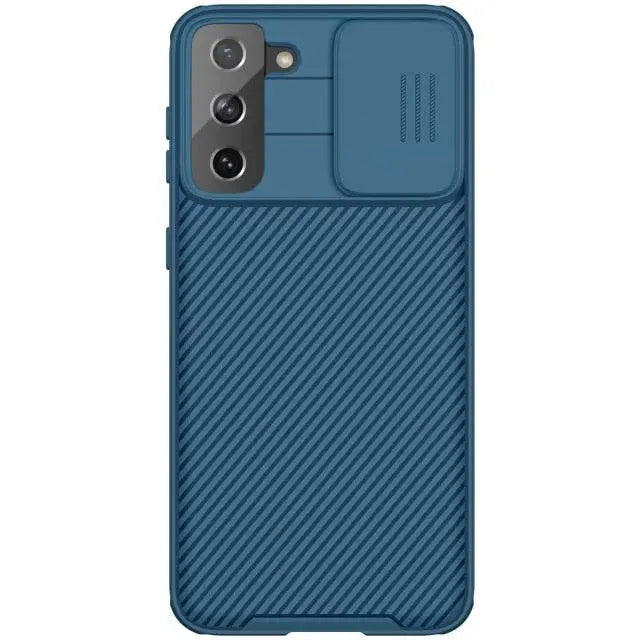

The front panel knobs are just a little too prominent for mine risking getting snagged on gear as you might haul a Fast Track in a hurry out of a bag full of crap. Good idea – Avid realise these mobile interfaces will be put in some precarious positions and gave them the best chance of not falling off. Both models give you a Direct Monitor switch.Ī feature that struck me immediately was the wide, rubber strips on the bottom of the Fast Tracks that act as feet. The Duo also has XLR combo inputs on the front with two extra 6.5mm instrument inputs on the rear that are activated by a switch on the front panel. Herein lies one difference between the Solo and Duo models with the latter having L/R 6.5mm outputs on the rear with a separate volume control, unaffected by plugging in headphones. It was a little disappointing (not to mention perplexing until I figured it out) to discover that plugging headphones into the Fast Track Solo disconnected the RCA outputs on the rear. The headphones volume was adequate for my 600 ohm cans, so more popular, low-impedance headphones will be fine. There is heaps of headroom for each too, except the threshold at which the preamps clipped seems abrupt and flirting with red LED danger isn’t an option.

Mind you, most iOS compliant USB interfaces need an external power source too and Avid’s solution for this is clever.īack to the nuts and bolts of the Fast Tracks, the preamps have a slight warmth that added some nice character to both a vocal recording and plugging an Epiphone Les Paul straight in. This sort of spoils the mental ideal of sitting next to a swimming pool with your iPad and Fast Track, knocking out the next Grammy-winner – you’re going to need mains power. You also need to connect a standard USB cable from the iPad AC adapter to the USB input, effectively powering the Fast Track (which are buss-powered by a normal computer). The aforementioned cable goes between the iPad and the interface’s tablet port. Something to know is exactly how the iPad connects to the Fast Tracks. Avid say that the Fast Track interfaces will work with any iOS recording app worth its salt and I had no problems with several.

Getting a genuine adapter from Apple eventually solved the issue instantly and my iPad apps were up and running. Of course, I tried a third-party adapter and after much experimenting had to accept it simply wasn’t going to work. Avid supplies the 30 pin to Fast Track cable and I certainly don’t expect Avid to include a Lightning-to-30 pin adapter, too – I’m keeping that beef exclusively for Apple and the iPad 4. What can possibly go wrong?įor a start, you can own an iPad 4 like I do and have a Lightning connector, not a 30 pin to contend with.
FAST TRACK ULTRA IPAD PRO
For me, this made the Fast Track Solo a great solution to my iPad interface problem – you get a quality preamp, instrument input, headphones, phantom power and RCA outs for your iPad, all for a RRP in Oz of $197 ($329 for the Duo)… it’s almost like you get Pro Tools Express and a USB interface for your computer chucked in to seal the deal.
FAST TRACK ULTRA IPAD DRIVERS
There are also some other significant differences – it’s not just a matter of extra inputs – but before I go into details let’s look at what I reckon is the real attraction of these interfaces.īoth the Solo and Duo are MFI, meaning Made For iPad (or iOS, take your pick, but these only work with iPads), and have a tablet connection on the rear which lets you hook up your iPad through the 30 pin connector without any drivers required. We’ll assume the Solo and Duo bit is a suggestion of how many musicians need apply, not inputs. To confuse everyone the Solo provides two inputs via a balanced, standard XLR preamp and a second high-impedance instrument input, while the Duo gives you two of each for a total of four. Something you can stuff in your laptop bag and it’s not going to get broken. Avid’s new Fast Track Solo and Fast Track Duo USB interfaces are the kind of tough, mobile devices we see a lot of now – aluminium chassis, re-enforced controls and a scratch-resistant finish.


 0 kommentar(er)
0 kommentar(er)
